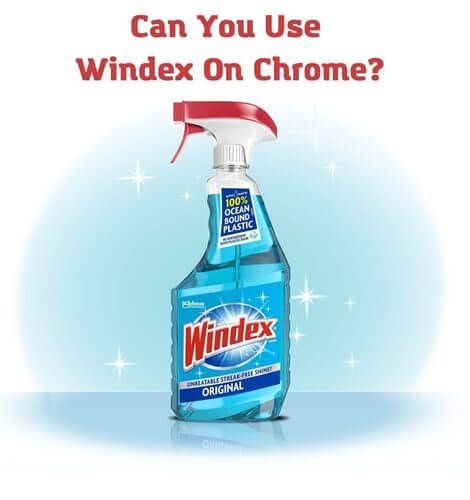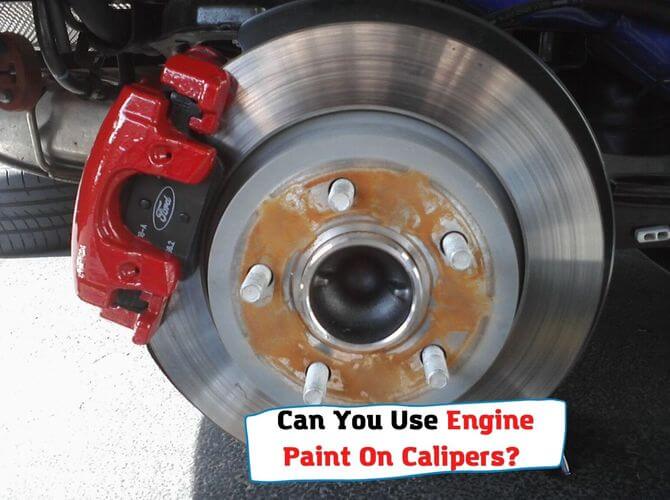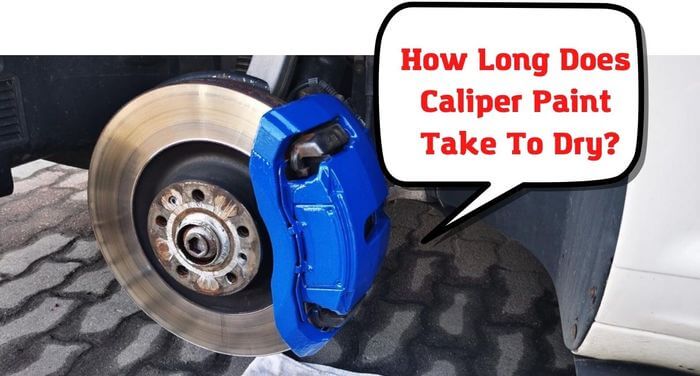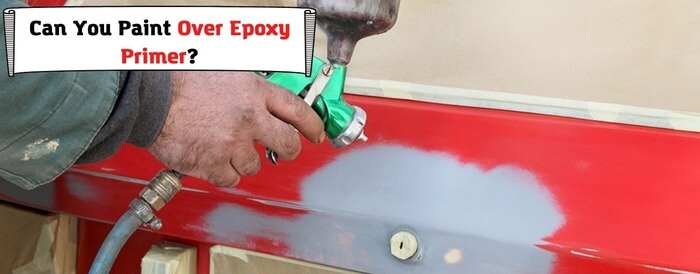The choice to preserve the old paint comes with different reasons. Some car owners love to top it up with new ones and replace this layer sooner, maintaining the original one. Especially for units with historic or aesthetic significance, removing the old paint could be a major decision.
Even for crafts with a significant design or ones topped up several times, you cannot simply give up the old paint.
Good thing manufactured paint is more difficult to remove than top-layer paint. The manufacturers took longer for them to cure and adhere to the surface. Most old paints have bonded well on the surface compared to the newer coat.
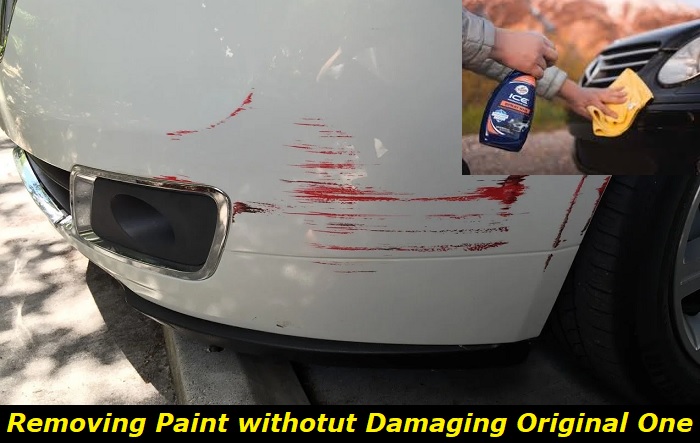
However, paint removal techniques can damage its surface. And people who want to preserve the old paint may find it challenging to remove. If you’re anywhere in these situations, we’ve got you.
In this article, we’ll show you how to strip off paint without removing the original.
Fine wet sanding
If you are removing thin layers of paint, you can use the wet sanding method with fine-grit sandpaper. This method is effective because you can control the level of abrasion the painted surface receives. Typically, you can use 1000 to 3000 grit fine wet sandpaper to sand the painted area.
Also, the water presence or lubrication adds a cooling effect that prevents friction and heat build-up while sanding. The water or lubricant softens the paint to make it easier to remove. What we love more about fine wet sanding is it leaves a more polished and smooth surface than dry sanding, which enhances its beauty.
Gather the tools and materials you need for wet sanding:
- Sandpaper sheets (1000 to 3000 grit)
- Spray bottle or a bucket with water and lubricant (for wet sanding)
- Sanding block or orbital sander
Here’s how to wet sand and unveil the original paint without removing it.
- Prepare the surface by cleaning it. Make sure the surface is free from dirt and debris.
- Dip the sandpaper or wet the surface with water or lubricant. Start with a lower grit, then continue with a higher one. Ensure the surface and sandpaper are wet before sanding.
- Attach the sandpaper sheet to the tool.
- Turn your orbital sander on or sand directly if using a sand block. Apply light to moderate and controlled pressure only. Use a circular motion when sanding. Work on the pressure you are applying. Or, you can try one portion to see how it works on the surface.
- Monitor the progress. And avoid applying aggressive pressure. Check the paint removal process. Be mindful when you can see the manufactured paint.
- Adjust your pressure, technique, and sandpaper as needed.
- Repeat the process for the entire surface as needed or until the original paint reveals.
Remember that this method can be labor-intensive and needs careful attention. But with the correct pressure and technique, you can pull it off without damaging the original paint.
A little caution: do not use this method for surfaces with scratches that are deep enough to see the metal under the original paint.
Heat gun
A heat gun is an effective paint removal tool using heat to soften the paint. What we love about using a heat gun is you can control the temperature and operation so it doesn’t blister and damage the original. With careful technique, you can remove the paint quickly with a scraping tool without damaging the manufactured paint.
Here’s what you need:
- Scraping tool
- Heat gun
- Clean rug
- Protective mask and safety gloves
Here’s how to use a heat gun to strip paint without damaging the underlying original paint:
- Prepare the area. Make sure it is well-ventilated and away from any flammable materials. Ensure to wear your safety gear.
- Turn your heat gun on and set the temperature from low to medium settings. Start with a low temperature and gradually increase the temperature as you observe how the top paint layer reacts with the heat.
- Keep about 6 to 8 inches away. Normally, you can place it about four inches away. But since you don’t want to damage the underlying paint, you need to place it a bit farther. Maintain this distance as you distribute the heat evenly.
- Apply the heat with a back-and-forth motion without focusing on one spot for too long. Keep the heat gun moving and maintain this motion for even distribution.
- Test removal in one portion using your scraping tool. The paint should remove quickly when it is soft. If the softness is insufficient, apply more heat.
- Scrape with care. You want to avoid creating scratches. Work in small sections and focus. Focus helps you control the heat and your manner of scraping.
- Repeat as needed and clean the surface.
As a caution, remember that paint may create fumes when heated. Keep a well-ventilated space to avoid suffocation.
Oven cleaner
Using an oven cleaner is an unpopular way to strip paint while not removing the manufactured paint of your car. But many DIYers have successfully removed paint from different surfaces using this agent.
What makes an oven cleaner perfect for this job is it softens the paint like it cleans dirt, grease, and grime you find in an oven. The coat simply loosens up the surface without damaging the original paint and slowly uncovering it.
Another benefit of an over cleaner is it releases no fumes, which makes it safe to work with.
What do you need?
- Scrubbing pad or a rug
- A can of oven cleaner
- Gloves
Instructions:
- Make sure you are wearing safety gloves to avoid irritating your skin.
- Simply spray a generous amount of the oven cleaner, about two spray coats on each portion. Spray evenly, and do not leave the oven cleaner for too long. Otherwise, it will damage the car paint underneath. Wait a few minutes until the surface bubbles, and scrub it with a fine scrubbing pad or a rug.
- A much safer way is to spray the oven cleaner into a rug, then scrub it until the paint peels off. This method is slower than the first one. But the paint will peel off soon.
- The key is to stop scrubbing after removing a portion and rinse it thoroughly at once. Ensure to rinse the removed portion, so the oven cleaner does not sit on the surface for long. You will be surprised by the results.
Crimped wire brush attachment
There’s an angle grinder and drill attachment that is more gentle in removing paint. The crimped wire brush attachment is less abrasive than the solid wire bristles. The metal wire bristles are crimped or twisted together and extend outward from the brush head. There are fewer bristles twisted together compared to solid wire attachments.
These bristles are more appropriate for light cleaning action and removal of paint. When activated, the tool rotates, and the bristles make circular and light abrasive action that removes dirt or coat. The crimped wire bristles are flexible to conform to the surface shape, which makes it more gentle.
The secret to using this attachment is to use light pressure and avoid prolonged application to one spot of the surface to avoid damaging the underlying paint.
To use a crimped wire brush attachment, simply attach it to your tool. Wear safety goggles, a mask, and gloves. Remove any flaking paint and clean the surface. Turn the device on and start at a low speed. Test on one inconspicuous area. Apply light pressure. Use back-and-forth or circular motion.
Do not stay passing in one spot. Monitor the progress of paint removal and ensure the tool works only on unwanted paint. Adjust your pressure and technique as needed.
Methods to avoid when removing paint
1) Using sharp metal scrapers
Sharp metal scrapers can leave scratches that can permanently damage the manufactured paint. These tools usually dig into the surface deeply, which can be impossible to repair.
2) Chemicals not intended for paint removal
Harsh chemicals, solvents, and acids are not appropriate for removing paint. While they can be effective cleaner to other surfaces, they are inappropriate for paint removal. They can either cause discoloration, stain, or even dissolve the paint underneath.
3) Power washing
Excessive pressure can strip the underlying paint forcefully. High-pressure water can penetrate deeply into the paint and peel off or cause blistering on the original coat.
4) Abrasive cleaners
Abrasive cleaners like steel wool and coarse scouring pads can hurt the surface of the original paint. If you use steel wool for removing paint, get fine-grade steel wool. However, this measure still does not guarantee you will not damage the original paint. You will need concentration and technique to use and control fine abrasives.
More Tips
Stripping paint without removing the original paint can be a tedious and delicate process, especially if you use a manual method.
No matter which method you choose, always use the gentle technique. Ensure that you test small portions to see how the surface reacts, especially if you use chemical strippers for the first time. Most paint strippers today are effective but harsh. And they won’t guarantee they will not damage your original paint.
Be patient and protect other areas that need no paint removal. Use non-abrasives as much as possible. Always check your progress.
And if you still do not feel comfortable or confident, you can always seek professional help.
- Can You Unmix Paint: Techniques, Consequences, Alternatives - February 23, 2024
- Does Primer Need to be Mixed? Effective Primer Application - February 22, 2024
- How to Make Old Paint Usable Again: Retrieving and Preserving Paint - February 21, 2024
